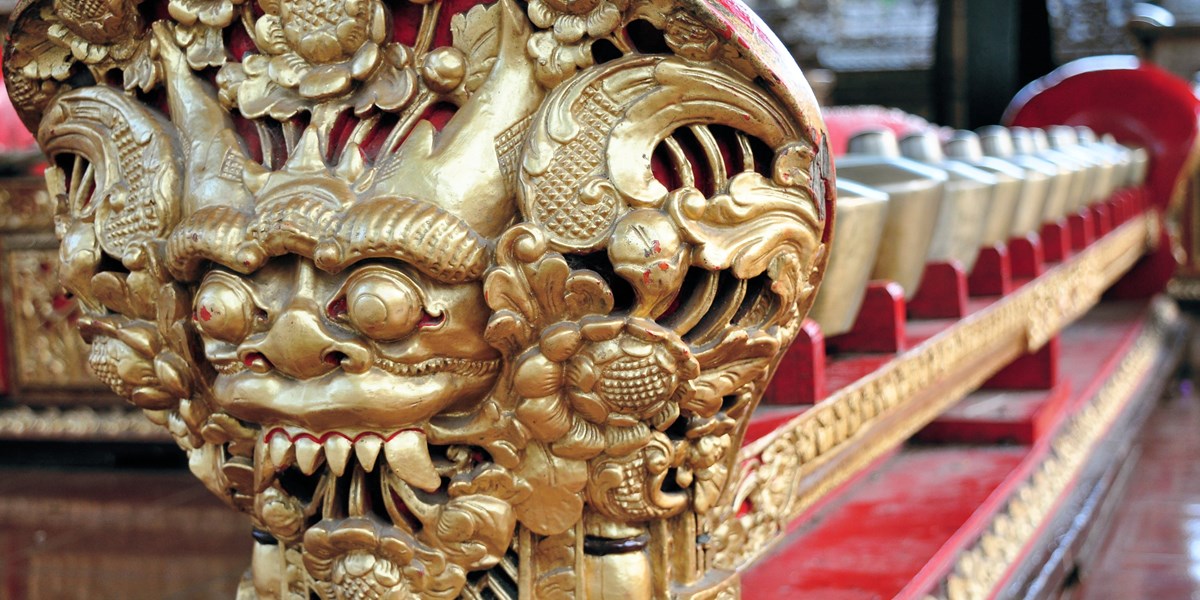Saturday, August 1, 2020
Balinese gamelan: a complete guide to a unique world of sound
The Indonesian island of Bali resounds with the vibrant, often thunderous music of its gamelans – the ubiquitous percussion orchestras of bronze and bamboo. Andy Channing conjures up the magic of its many incarnations


Register now to continue reading

Thanks for visiting the Songlines website, your guide to an extraordinary world of music and culture. Sign up for a free account now to enjoy:
- Free access to 2 subscriber-only articles and album reviews every month
- Unlimited access to our news and awards pages
- Our regular email newsletters

